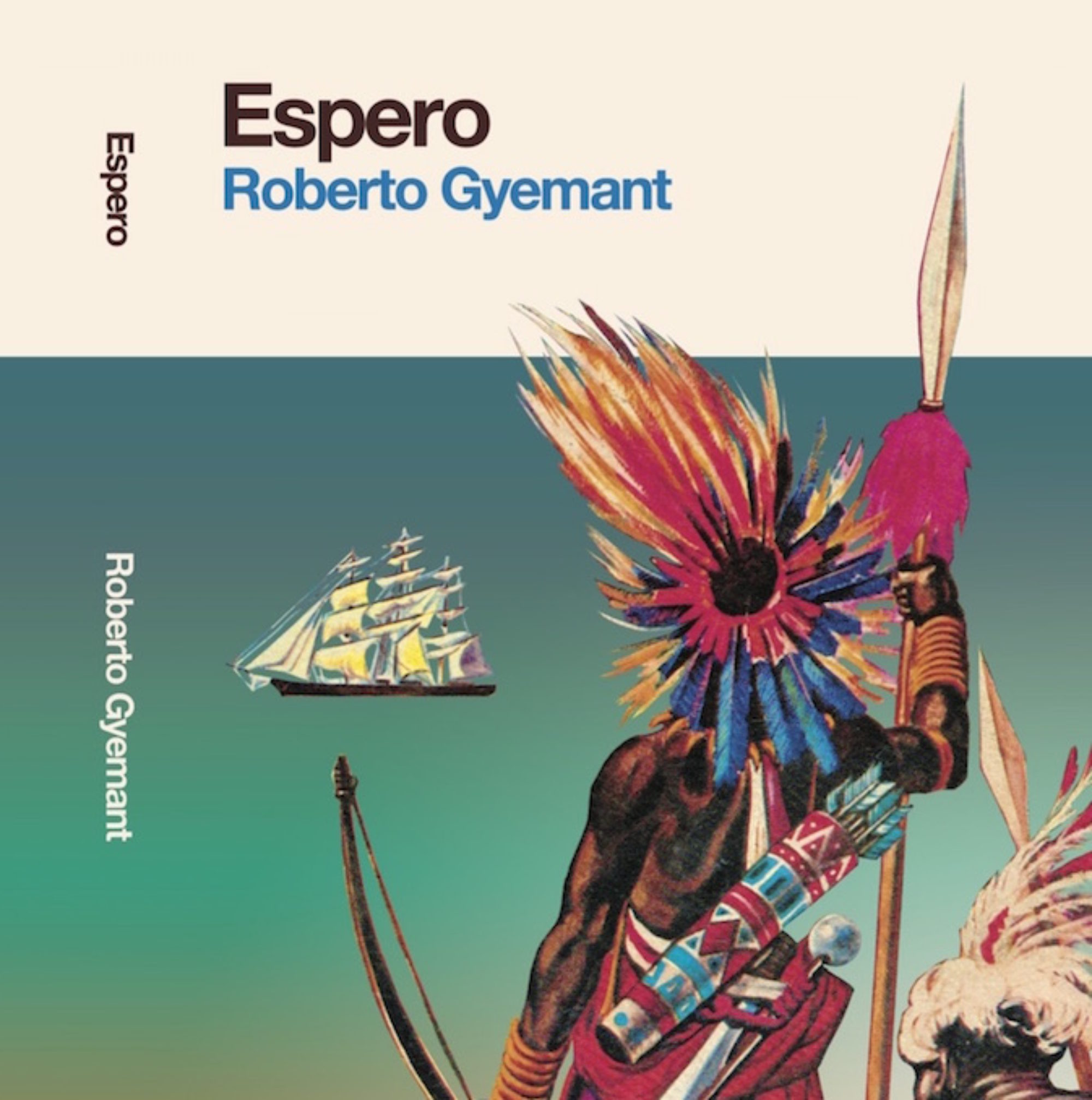I found this 45 on the CTC label (the Workers Central Union!) in La Habana on an unforgettable trip we took in 2015 led by the inimitable Ned Sublette, author of “Cuba and Its Music”, “The World that Made New Orleans” and, with Constance, “The American Slave Coast: A History of the Slave-Breeding Industry.” Other geniuses we were lucky to spend time with as part of the trip included Producer Joe Boyd, Harry “Subway Harry” Sepulveda, and UC Berkeley African American Studies Professor Bryan Wagner, author of “The Life and Legend of Bras-Coupé: The Fugitive Slave Who Fought the Law, Ruled the Swamp, Danced at Congo Square, Invented Jazz, and Died for Love.”
We really didn’t spend much time digging, and I have looked with envy in the years that passed at friends and colleagues who have posted pictures of their digging adventures in Cuba turning up amazing sonic jewels. The story of this 45 involves the “Zafra de los Diez Milliones” – the Cuban sugarcane harvest of 1969-1970, when an effort was made to produce ten million tons of sugar to improve the country’s financial situation.
Millions of Cubans were mobilized in the effort, as, according to an article on havanatimes.org “cane was sowed anywhere and everywhere, even to the point of moving cattle off grazing land to devote more fields to planting, which strongly effected (sic) the agricultural and livestock industries… Though lacking experience in this work, workers from all industries, students and even the members of the armed forces were called on to assist in a campaign that distorted the Cuban economy.”
The first side is by Orquesta Riverside, which still had a couple of (funky) LPs in them in the early ’70s after this 45 I believe. Riverside was fronted by Tito Gómez, an absolute star sonero who joined in the 1940s, still sounding fantastic. So this song, and the B-side, were basically anthems to spur the workers on to cut more cane, as the lyrics say “Vamos a tumbar, vamos a tumbar, de caña los diez milliones…” What an arrangement, what horns!
And then, this one is for those of you who looked at the title of this post and said “Beny Moré in 1970?? He passed in 1963!” Well, true, El Bárbaro – generally regarded as hands down the greatest singer of the AfroCuban Canon – unfortunately drank himself to death seven years previous to this release. But apparently his badass band was very much alive and kicking – listen to this hot number, another really interesting arrangement with powerful horn work. Who knew?













